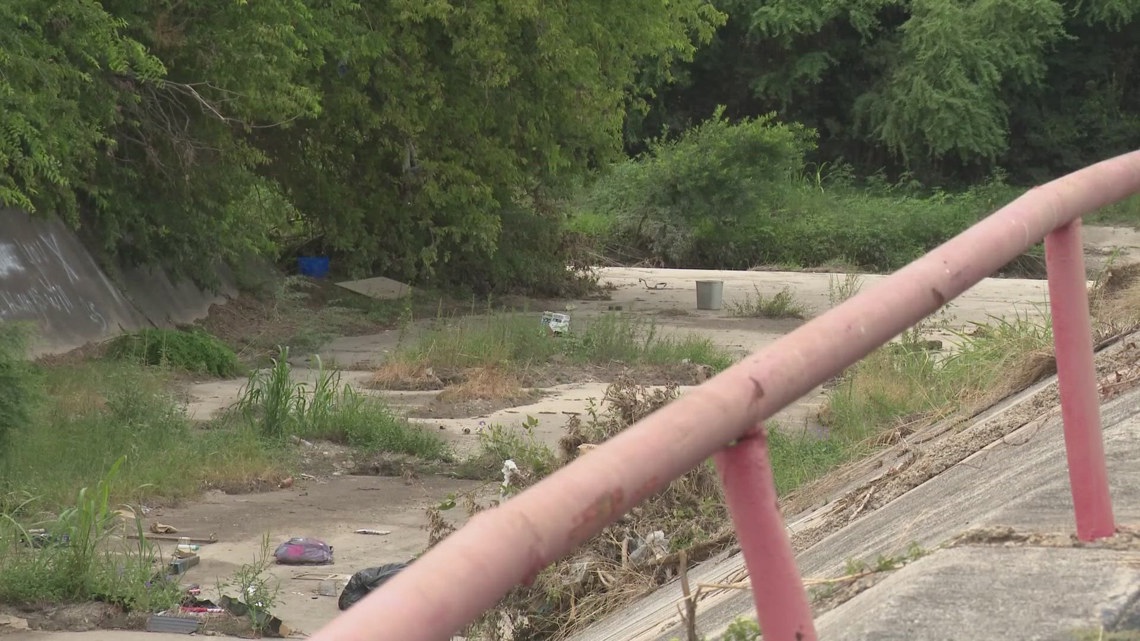
Bexar County Commissioner Tommy Calvert calls for stormwater detention facilities in flood-prone areas of San Antonio.
SAN ANTONIO — Nearly two months after the devastating flood that killed 13 people in San Antonio, Bexar County Commissioner Tommy Calvert said adding detention and retention facilities for storm water must be considered, especially in the Perrin-Beitel and Loop 410 corridor.
“What caused the horrific impact off Perrin-Beitel and 410 was the fact that over six inches of rain fell within a five-square mile water catchment area that was almost all paved and developed,” Calvert said.
After meeting with engineers who studied the matter, Calvert said “Impervious cover caused the water to increase in speed, creating a tsunami across the northeast side of San Antonio.”
County-wide leaders unveiled a plan Tuesday they call NextGen Flood Warnings.
The program would add automatic barriers and electronic notifications, but Calvert said that’s not enough when more water is racing downstream faster.
During a tour of the heavily developed corridor on July 2, Calvert said “This is the concrete jungle we need to green up.”
Surveying damage at the spot where so many were washed away on the Loop 410 access road, Calvert said not enough is being done to slow water down in areas where there are too many buildings and impervious surfaces.
“In this next bond they really need to look at how to acquire some of this property and actually get them as retention and detention ponds.”
Recounting his days of growing up in the Perrin Beitel corridor, Calvert said he remembers well the challenges that have been faced for decades, including buildings being washed away in a previous storm.
“Just look at the case of Vicar Drive. Growing up I rode my bike to the Stop and Go (on Perrin Beitel) and of course when I was in college, watching it flood away in the Flood of ’98.”
The area, near Briar Glen Street, is the exact same spot where most of the vehicles ended up after people were swept to their deaths in June.
Calvert said there have been numerous efforts to make sure the area is safe, yet problems persist.
“We thought we had dealt with it and there were four or five projects. The county did one. The city did one. There were three or four others. But we didn’t fundamentally deal with it!”
The key, he said, is to restore nature’s ability to slow down, capture, and filter stormwater before it races downstream.
Comparing the region to a flash flood alley, Calvert said “We have probably looked the other way too long and it’s time to get serious because these events are coming more often!”
Calvert says engineers are recommending four fixes:
- Restoring green space so water can filter into the soil instead of running off
- More above and below ground stormwater structures in the area
- Fixing the failed infrastructure that collapsed in June
- And evaluating construction and maintenance practices in key chokepoint areas
“Right now, there is a roaring voice of community that’s saying we’ve got to deal with our drainage. We’ve got to deal with our drainage and they’re right,” Calvert said.
Calvert said it will take a team effort by the city, the county, the San Antonio River Authority and others to move from the idea stage to real world improvements that will save lives.
